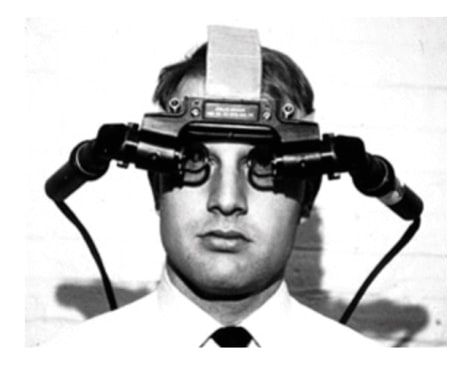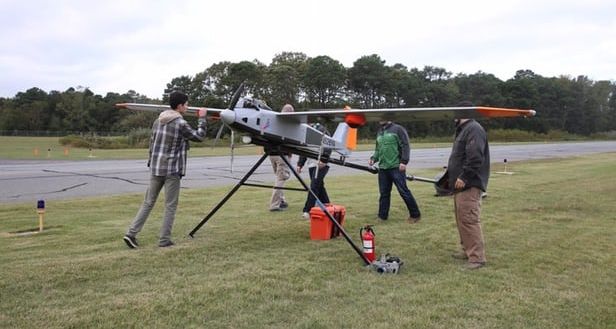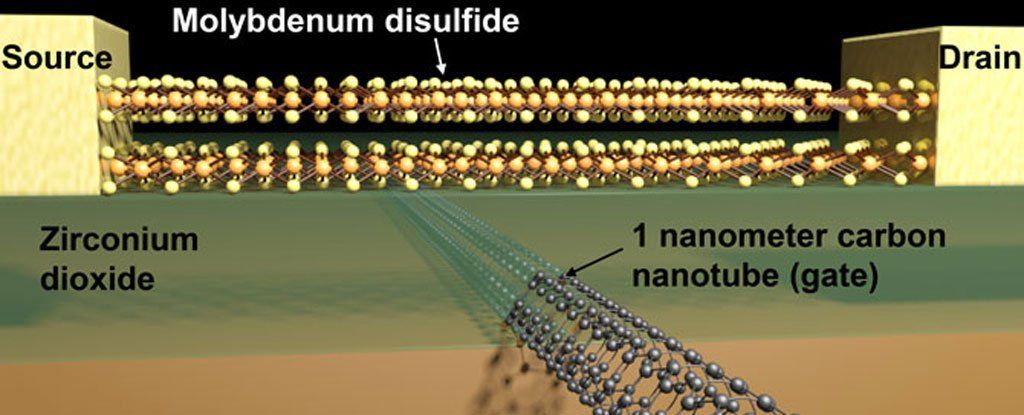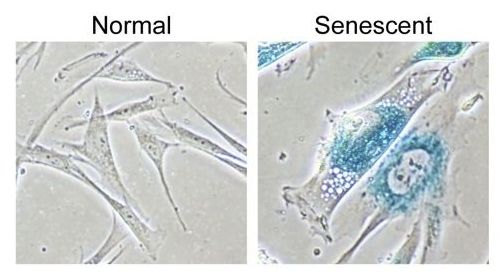Oct 7, 2016
Wheego and Valeo get California road driverless testing permits
Posted by Shane Hinshaw in categories: robotics/AI, sustainability, transportation
Self-driving car testing in California is becoming a badge of progress for companies working in the space. Only 17 companies in total have the honor, including two just added to the list: Wheego Electric Cars, and Valeo North America.
The Wall Street Journal reports that both these new companies now have approval to run tests with a single vehicle each, and four drivers per team. That might not sound like much, but it’s a foot in the door, and membership in the club is itself somewhat testament to how much the companies have already accomplished, since the other members include major carmakers like Tesla, Cruise (which got its license before being acquired by GM), promising startup Drive.ai, and Baidu, to name a few.
The new members are interesting additions: Wheego is an electric carmaker which got its start taking Chinese-Built cars, outfitting them with battery’s and electric motors in the U.S. and putting them on the road. The company now says it builds electric vehicles designed “for a global market,” and focuses on the benefits of connected tech in making vehicles aware of their surroundings.
Continue reading “Wheego and Valeo get California road driverless testing permits” »



















